-
main-collection-product-grid
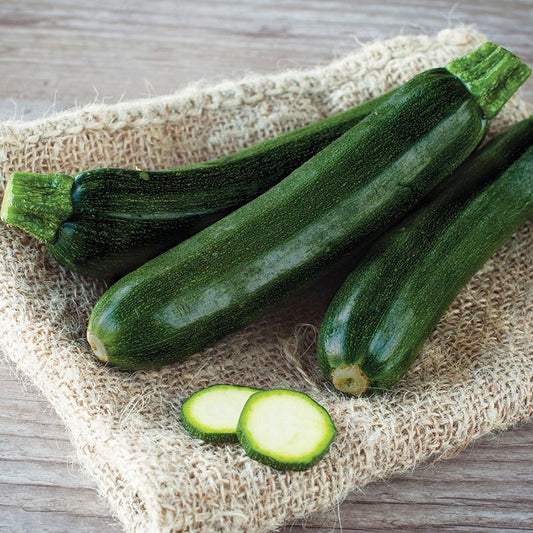
Squash (Summer) Seeds - Black Beauty
Our most popular variety, great tasting squash raw or grilledSquash (Summer) Seeds - Black Beauty
Our most popular variety, great tasting squash raw or grilledRegular price As Low As $4.79Regular priceUnit price per -
main-collection-product-grid
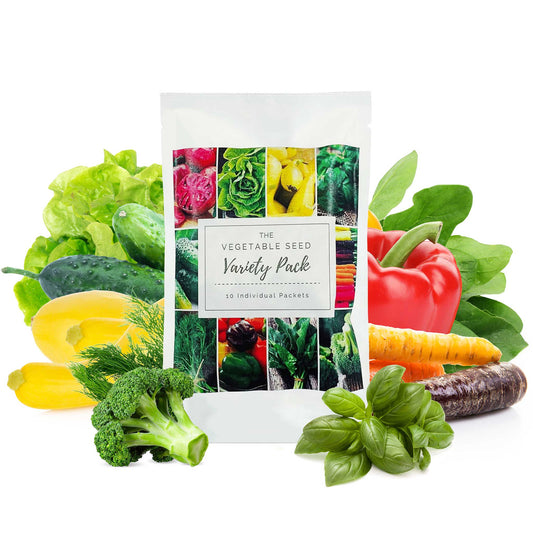
Vegetable Seed Variety Pack
Collection of top 10 vegetable seed packets, great for beginner gardenersVegetable Seed Variety Pack
Collection of top 10 vegetable seed packets, great for beginner gardenersRegular price $35.69Regular priceUnit price per -
main-collection-product-grid
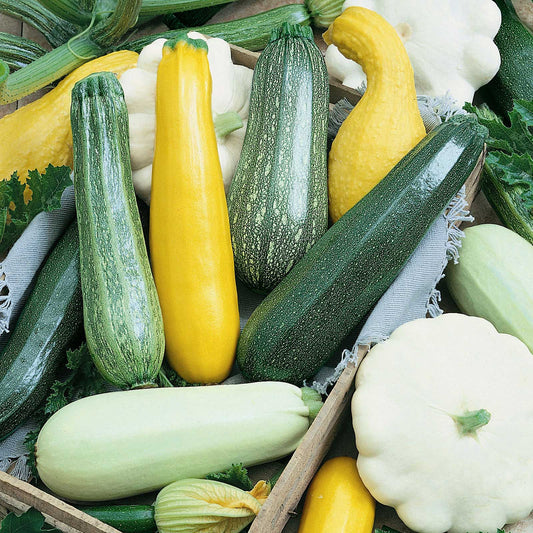
Squash (Summer) Seeds - Melody Blend
Mix of our most popular summer squashSquash (Summer) Seeds - Melody Blend
Mix of our most popular summer squashRegular price As Low As $4.79Regular priceUnit price per -
main-collection-product-grid
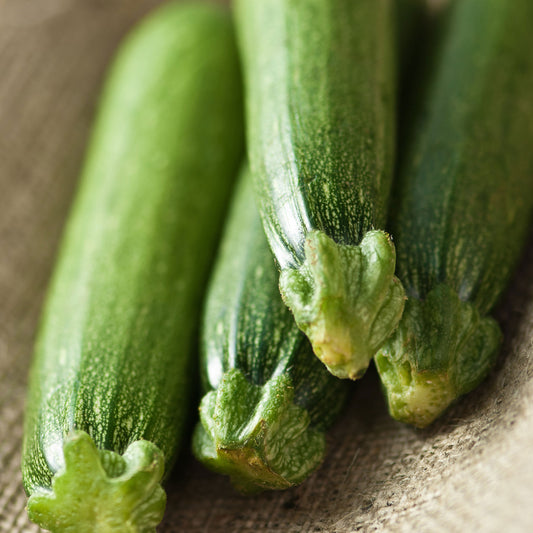
Squash (Summer) Seeds - Fordhook Zucchini
All around great zucchini, sweet enough to eat rawSquash (Summer) Seeds - Fordhook Zucchini
All around great zucchini, sweet enough to eat rawRegular price As Low As $4.79Regular priceUnit price per -
main-collection-product-grid
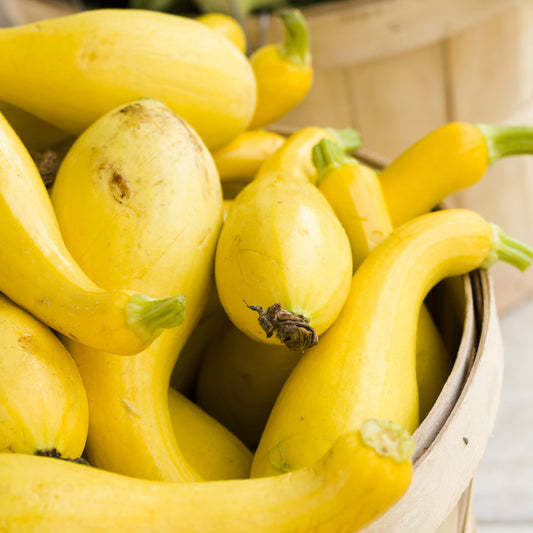
Squash Seeds (Organic) - Golden Summer Crookneck
Heavy producer of swan-necked squashSquash Seeds (Organic) - Golden Summer Crookneck
Heavy producer of swan-necked squashRegular price As Low As $6.29Regular priceUnit price per -
main-collection-product-grid
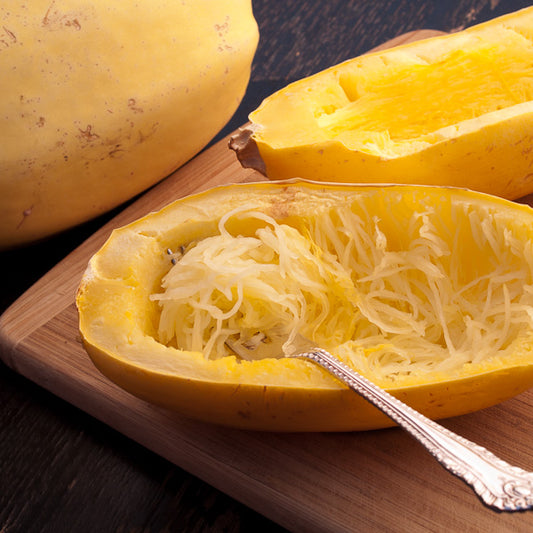
Squash (Winter) Seeds - Vegetable Spaghetti
Steam, bake, or broil this fun and nutritious squashSquash (Winter) Seeds - Vegetable Spaghetti
Steam, bake, or broil this fun and nutritious squashRegular price As Low As $4.79Regular priceUnit price per -
main-collection-product-grid
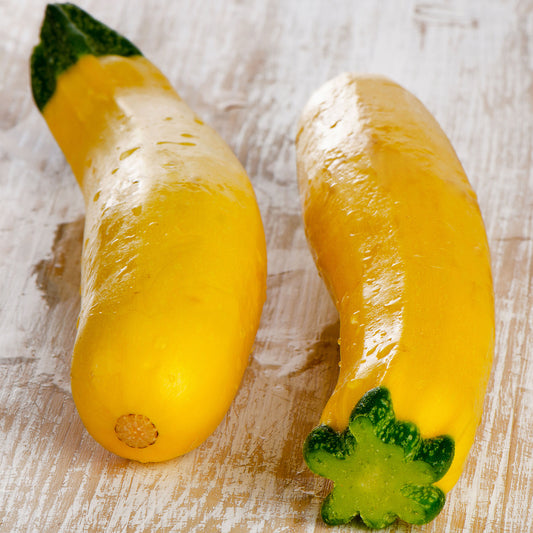
Squash (Summer) Seeds - Early Prolific Straightneck
Yellow skin with creamy white fleshSquash (Summer) Seeds - Early Prolific Straightneck
Yellow skin with creamy white fleshRegular price As Low As $4.79Regular priceUnit price per -
main-collection-product-grid
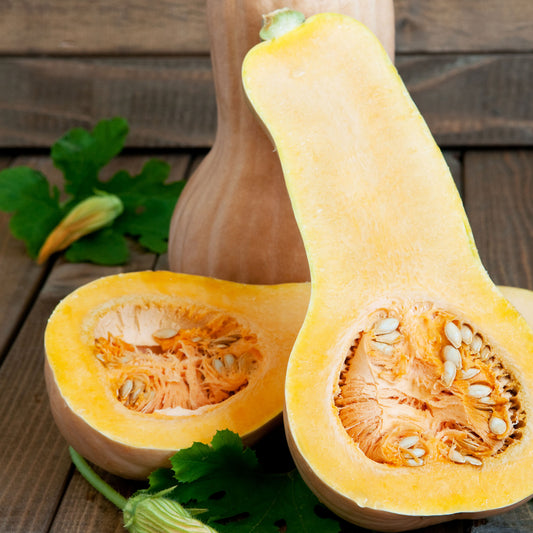
Squash (Winter) Seeds - Waltham Butternut
Sweet and delicious, a fall family favoriteSquash (Winter) Seeds - Waltham Butternut
Sweet and delicious, a fall family favoriteRegular price As Low As $4.79Regular priceUnit price per -
main-collection-product-grid
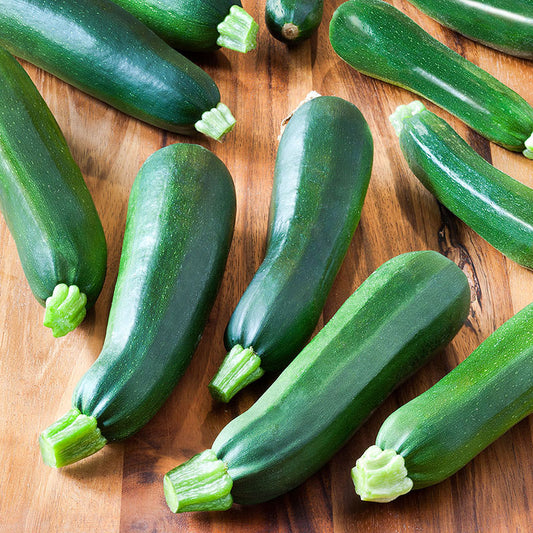
Squash (Organic) Seeds - Black Beauty
Great tasting all-around squash, very popularSquash (Organic) Seeds - Black Beauty
Great tasting all-around squash, very popularRegular price As Low As $6.29Regular priceUnit price per -
main-collection-product-grid
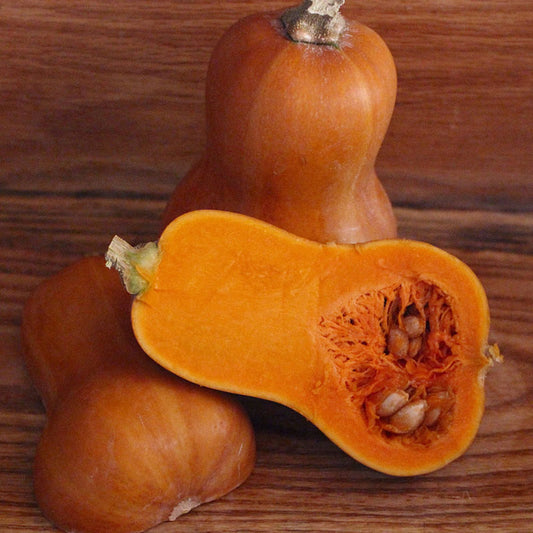
Squash (Winter) Seeds - Honeynut
Succulent and sweet butternut flavor in a meal sized squashSquash (Winter) Seeds - Honeynut
Succulent and sweet butternut flavor in a meal sized squashRegular price As Low As $6.59Regular priceUnit price per -
main-collection-product-grid
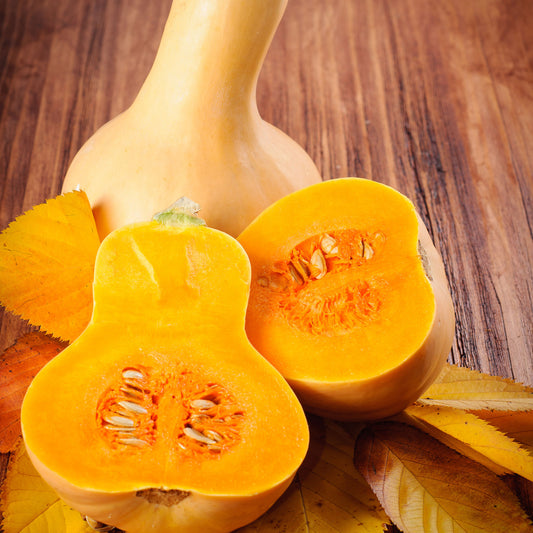
Squash Seeds (Organic) - Waltham Butternut
Sweet and creamy main ingredient in Butternut soupSquash Seeds (Organic) - Waltham Butternut
Sweet and creamy main ingredient in Butternut soupRegular price As Low As $6.29Regular priceUnit price per -
main-collection-product-grid
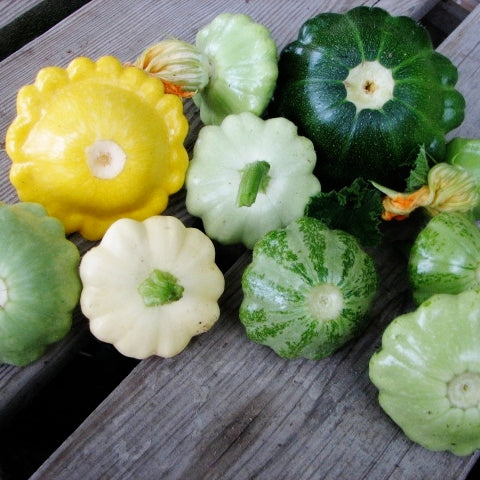
Squash (Summer) Seeds - Scallop Blend
A lovely collection of tasty and beautiful summer squashSquash (Summer) Seeds - Scallop Blend
A lovely collection of tasty and beautiful summer squashRegular price As Low As $4.49Regular priceUnit price per -
main-collection-product-grid
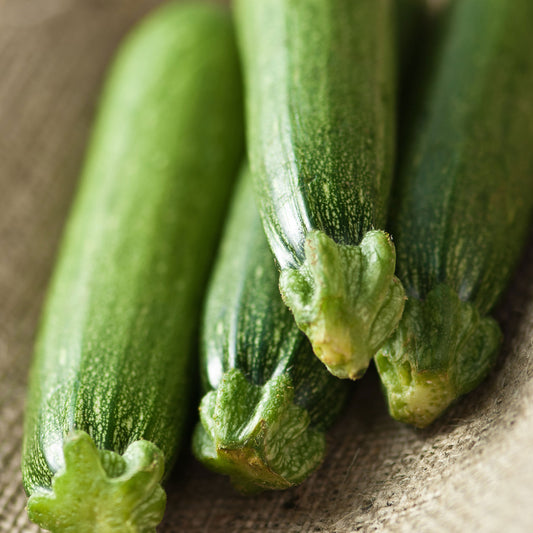
Squash Seeds (Organic) - Fordhook Zucchini
Your new favorite zucchini to eat right out of the gardenSquash Seeds (Organic) - Fordhook Zucchini
Your new favorite zucchini to eat right out of the gardenRegular price As Low As $6.29Regular priceUnit price per -
main-collection-product-grid
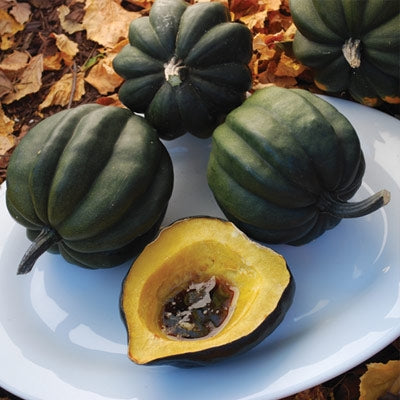
Squash Seeds (Organic) - Acorn Table Queen
Small meal sized squash perfect for bakingSquash Seeds (Organic) - Acorn Table Queen
Small meal sized squash perfect for bakingRegular price As Low As $6.29Regular priceUnit price per -
main-collection-product-grid
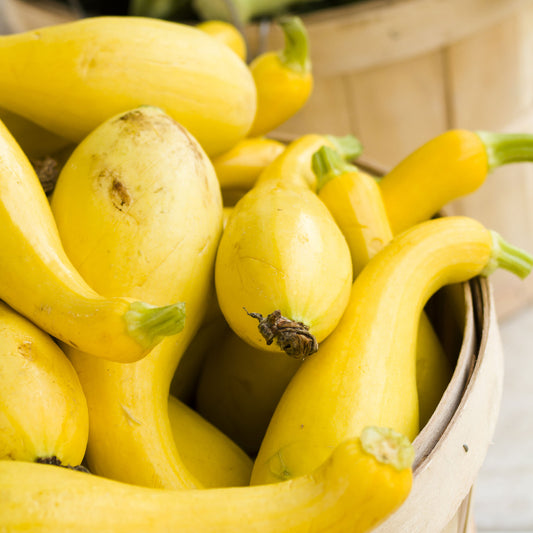
Squash (Summer) Seeds - Early Summer Crookneck
Early variety squash with a tender, sweet flavorSquash (Summer) Seeds - Early Summer Crookneck
Early variety squash with a tender, sweet flavorRegular price As Low As $4.79Regular priceUnit price per -
main-collection-product-grid
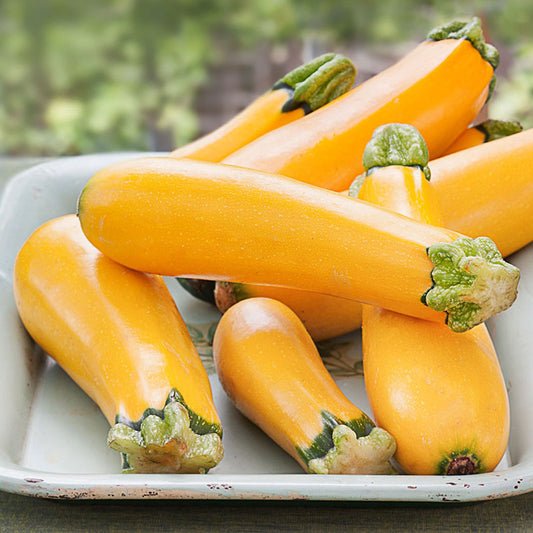
Squash Seeds (Organic) - Golden Zucchini
Bright and sunny, great choice for smaller gardensSquash Seeds (Organic) - Golden Zucchini
Bright and sunny, great choice for smaller gardensRegular price As Low As $6.29Regular priceUnit price per
Planting the best squash seeds
- 43 squash seed varieties
- Great source of vitamin C
- A quick-growing, high yield plant
- Delicious and versatile, offering something for everyone
Get the best flavor from squash
Fun fact about squash: winter squash is neither growing nor harvested in winter. Instead, the categories of summer and winter squash separate varieties by the durability of the rind. Summer squash (or zucchini), thin-skinned and usually harvested before it reaches maturity, is quick to grow, and you'll want to eat it fresh for the best flavor. Winter squash, in contrast, can be preserved for weeks or even months at a time thanks to its thick, protective rind. In a time before refrigeration, that made these squash an excellent source of food through the cold and barren months after the last harvest. Plant both in your summer garden, and enjoy squash nearly all year long!
To grow from seed, squash can be sown either indoors before the last frost, or directly in place in small mounds about six feet apart. They prefer full sun, and are hardy in USDA zones 3 through 10, though some varieties may be better suited than others to shorter or longer growing seasons. In general, summer squash take about two months to mature, while winter squash can take as long as three and a half months. Keep this in mind as you choose your squash seeds.
The best way to care for squash plants
Once plants have germinated, water regularly and keep soil moist. Soaker hoses are a great choice for squash as the large leaves may retain water and become susceptible to mold. If you do water with a sprinkler or other overhead method, water early in the day to give the leaves time to dry completely before nightfall.
Companion plants for squash famously include beans and corn, the other two members of the "three sisters" planting method utilized by multiple Native American tribes. Other great companion crops for squash include nasturtiums and onions, which can deter pests that might otherwise prey on tender young squash. Do not plant squash with potatoes, as this can increase the risk of blight.
Squash Makes the Perfect Meal
Harvest summer squash as soon as a thumbnail can pierce the skin. These young squash can be eaten raw in salad or even alone. Winter squash should stay on the vine until the rind hardens, and make great contributions to roasted vegetable dishes and pies.
For more information about planting, growing, and caring for squash seed, see the Squash Seeds Planting Guide.















